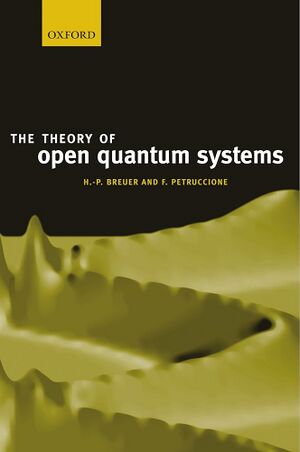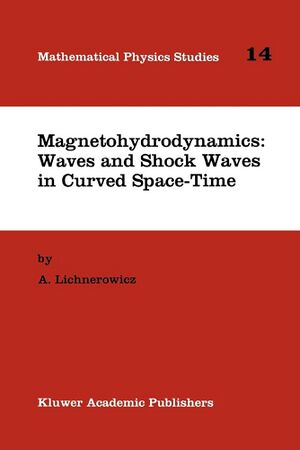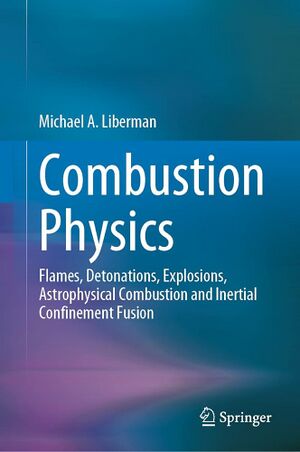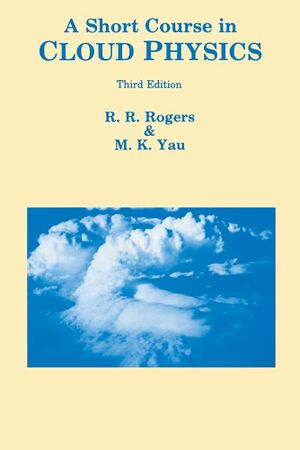Physical Kinetics (Book)
| Physical Kinetics | |
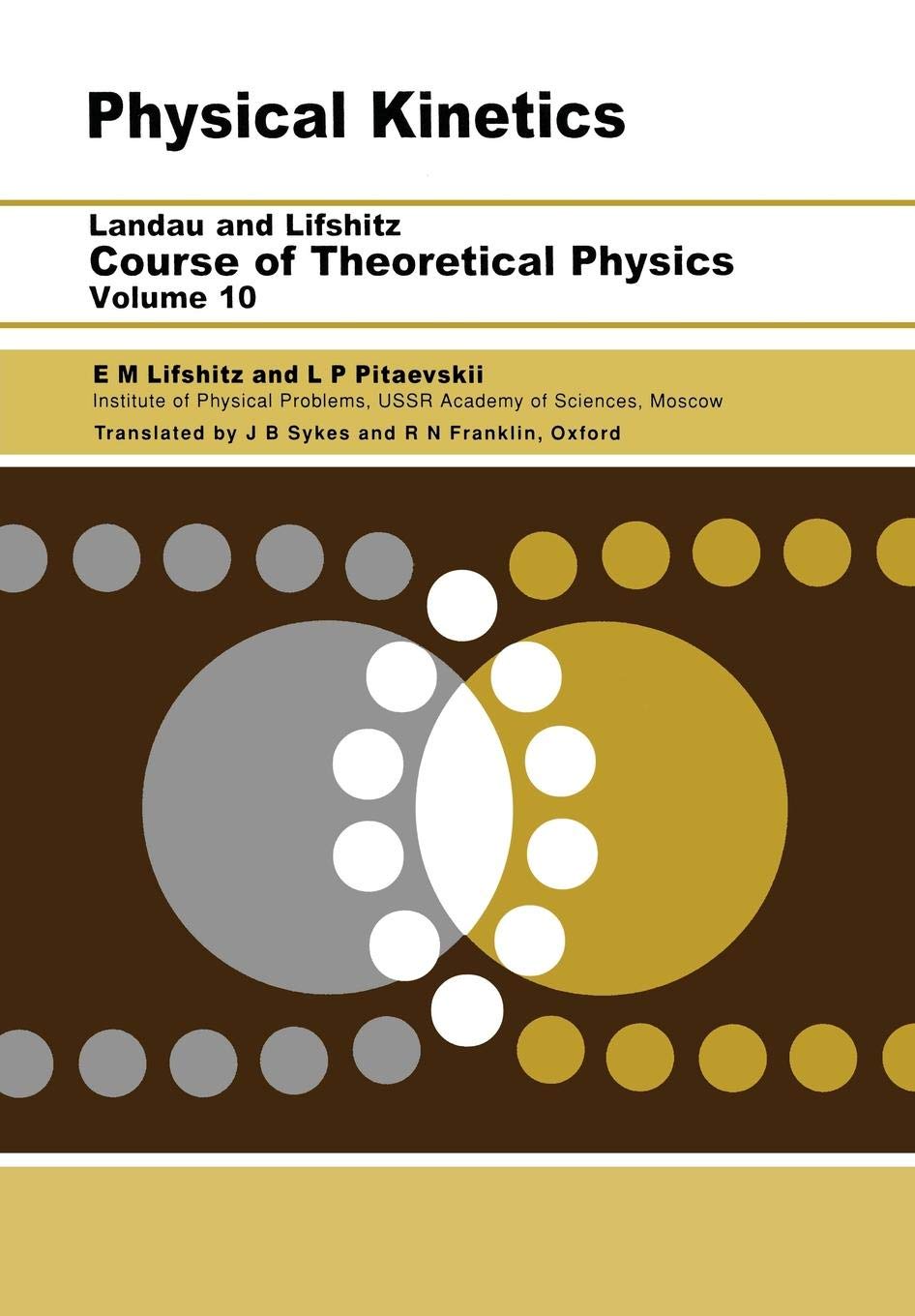
| |
| Information | |
|---|---|
| Author | Lev Landau |
| Language | English |
| Series | Course of Theoretical Physics |
| Publisher | Butterworth-Heinemann |
| Publication Date | 1981 |
| Pages | 452 |
| ISBN-13 | 978-0-08-057049-5 |
Physical kinetics does not represent a single branch of physics, but a general theoretical theme of being out of equilibrium. Since equilibrium is built on microscopic concepts, this is an extension of statistical mechanics but applies to macroscopic continua such as plasmas. Proceeding by analogy, both plasmas and gases built on kinetic theory lead to fluid motion in a limit. The treatment of conductivity via electrons moving in a lattice of point-like positive nuclei is also a plasma, just in the solid state. Although statistical mechanics is built on probability distributions derived from fundamental assumptions, they do not change (on appreciable timescales) and are either in equilibrium locally or globally. In Physical Kinetics, this is not the case, however the theory is still based on physical probability distributions. To describe this, the mathematics of random variables and stochastic differential equations emerges. For example, this happens in the description of Brownian motion of an immersed larger particle in a probabilistic environment of random collisions with smaller particles. Random variables could be applied to statistical mechanics, but only in a trivial way which would tell you the static structure of your probability distribution. This is the core mathematical theme of kinetics. Stochastic processes were introduced into the subject by Smoluchowski and later expanded by Chandrasekhar, one early paper of his is Stochastic Problems in Physics and Astronomy.
We of course aim to describe specific physical processes, but not without also introducing the general mathematical principles. As is covered in stochastic quantization within the statistical physics applications and in statistical field theory, random processes must be integrated through a Riemann-sum-like discrete collection of random samples. This is because continuous random processes are not smooth, so the naive idea of differentiating them and writing differential equations with random source terms does not make sense. Another basic introduction to stochastic differential equations (SDEs) is also within the open quantum systems book, in the context of quantum particles affected by a large classical system.
SDEs associated to random classical fields also have a fundamental relationship to quantum supersymmetric gauge theories, where this time the supersymmetry originates algebraically from the algebra of differential forms and the exterior derivative as opposed to speculative fundamental particle physics. Partially, this analogy is evident through the use of Feynman-like diagrams in kinetic theory independently. This perspective was initiated by Parisi, and is continued in statistical physics. A kinetic application of this idea is to model the electromagnetic fields of the brain and neuronal processes like neuroavalanches and long range order with SDEs and with this gauge-geometry in mind. This is new, so there are no books on the topic, but we recommend starting with the paper by Igor V. Ovchinnikov and Skirmantas Janusonis: Toward an Effective Theory of Neurodynamics: Topological Supersymmetry Breaking, Network Coarse-Graining, and Instanton Interaction or with Ovchinnikov's introductory paper on the mathematical ideas: Introduction to Supersymmetric Theory of Stochastics which contains many helpful references including the original writing by Parisi himself, e.g. Supersymmetric field theories and stochastic differential equations.
Applications[edit]
The Theory of Open Quantum Systems
The Theory of Open Quantum Systems by Heinz-Peter Breuer and Francesco Petruccione.
Physics of High-Density Z-Pinch Plasmas
Physics of High-Density Z-Pinch Plasmas by Michael Liberman, John De Groot, Arthur Toor, and Rick Spielman.
Magnetohydrodynamics: Waves and Shock Waves in Curved Space-Time
Magnetohydrodynamics: Waves and Shock Waves in Curved Space-Time by André Lichnerowicz.
Combustion Physics: Flames, Detonations, Explosions, Astrophysical Combustion and Inertial Confinement Fusion
Combustion Physics: Flames, Detonations, Explosions, Astrophysical Combustion and Inertial Confinement Fusion by Michael Liberman.

